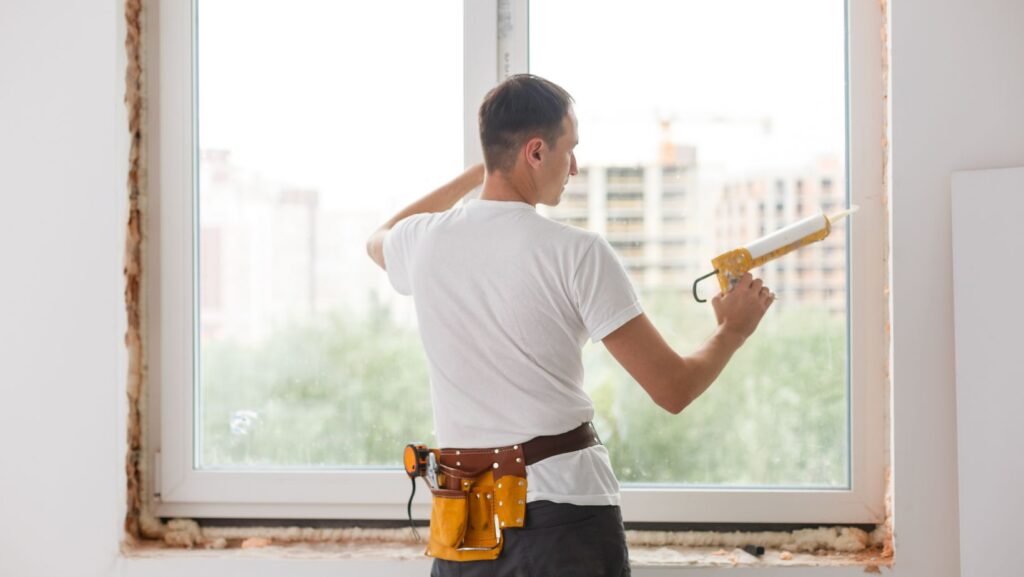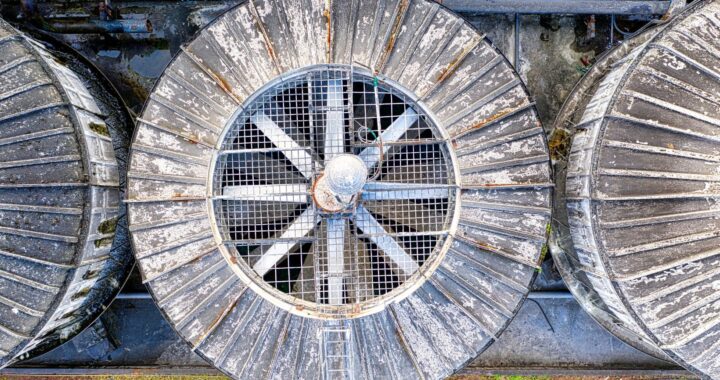How to Choose the Right Caulk and Sealant for Leak Prevention

To ensure the integrity of a home and prevent excessive expenses in repairing it, it is important to prevent the leaks at home. Caulk and sealant are one of the most effective materials that can be used to prevent water intrusion. Such materials are used in areas where there are penetrations, joints, and prevent water infiltration in places where there are chances of leaking. The selection of the appropriate caulk and sealant can be very useful in the long-term services of the home. When chosen carefully and used correctly you can save your home against water damage and minimize the chances of molds or structural decay.
It is important to have knowledge of the various categories of caulk and sealants in order to prevent leakages effectively. Silicone to acrylic and polyurethane are each associated with their own advantages and drawbacks. The position of the caulk application should also be considered because the application of caulk on indoor and outdoor surfaces require a different approach. Through the time spent to understand these materials, the homeowners can make a wise decision that will maximize the life of their residential and avoid future complications.
Understanding Material Differences
Selecting the appropriate caulk requires the knowledge of materials in use and their purpose. An example of such is silicone caulk that is very flexible and waterproof and can therefore be used in places where water is exposed like a bathroom and kitchen. Acrylic caulk has less resistance to wet environments, as it is easier to apply and paint over. Polyurethane sealant has been noted to be very strong and adhesive and is commonly used in construction joints and outdoor application where expansion and contraction are mostly applied.
Various surfaces also demand the use of a different type of caulk. Wood, metal, concrete and glass all react to sealants differently, and one should choose a material that is compatible to have a correct bond. The application of improper type of caulk may cause peeling, cracking or ineffective sealing that may cause leakages of water. This kind of knowledge of the differences enables home owners to ensure the problem areas are solved with accuracy and the end result is that there will be minimal chances of leaks and water destruction.
Assessing Application Areas
Determining the areas of caulk and sealant is a mandatory stage in leak prevention. The places near the windows and doors as well as sinks and tubs are especially susceptible to water intrusion. Any gaps or cracks can also lead to the introduction of moisture which can do irredeemable damage to walls, floors, and cabinetry. The appropriate evaluation will help to address these weak areas before the leaks could be a critical issue.
The movement of materials is also to be considered when the areas are being evaluated. The houses swell and shrink naturally because of changes in temperature and humidity. The sealant should be that which is flexible enough to seal the joints and gaps after some time. Also, in the event that you have FloLogic installed water monitoring system, it can be supplemented with caulk and sealant, which will allow the system to send an alarm once the leakage is detected first, which will allow you to control the problems before they get out of hand.
Evaluating Durability and Maintenance
The period of time that caulk and sealant are durable is an important element to consider when choosing these items to block leaks. Good quality products do not crack, shrink and discolour with time. Homeowners will not have to repair and replace their materials on the frequent basis since they will choose materials that will endure in the environment they will be used. Ease of maintenance should also be taken into account since certain sealants need periodic application or touch-ups in order to be effective.
Cleaning and inspection routines should also be considered in maintenance. It is also important to inspect the sealed facility regularly to avert cases of small problems before they become severe leakages. Durable caulk helps in lessening the number of such checks and also eliminates the possibility of water damages. Given the use of monitoring systems such as FloLogic, homeowners will have a good defense against leaks and ensure the house is in good condition.
Using the correct caulk and sealant is an essential procedure in the prevention of leaks. Learning the differences in materials, reviewing the areas of application, and the durability are all useful in the long-term protection. With the appropriate products and monitoring systems like FloLogic, homeowners will be in a position to ensure the security of their property, minimize the cost of repairs, and a dry and comfortable environment to live in. Caulk and sealant are used correctly as these do not only keep the water in, but are also a sense of relief, as your home is now ready to resist water intrusion and alarm signs of some troubles are averted.


 www Rapid HomeDirect .com: The Ultimate Destination for Home Goods
www Rapid HomeDirect .com: The Ultimate Destination for Home Goods  Explosion-Proof Fans for Chemical Plants, Refineries, and Oil Rigs
Explosion-Proof Fans for Chemical Plants, Refineries, and Oil Rigs  Protecting Your Home from Neighborhood Noise Pollution
Protecting Your Home from Neighborhood Noise Pollution